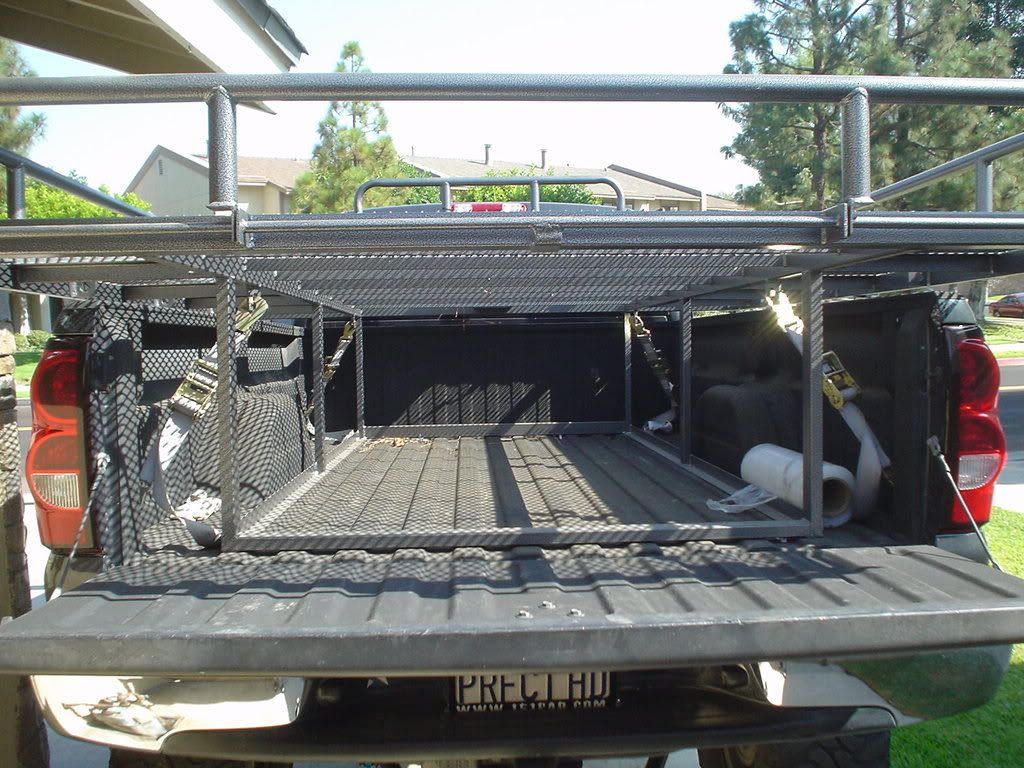atv loading atv tips atv transport step by step guide utv loading utv tips utv transport
Transporting your ATV or UTV can be a pain. One of the easiest ways is to secure it in a truck bed, but it can be challenging to get it on the truck in the first place.
Using a ramp is an easy and quick way to load and unload, but there are still safety precautions you must follow to ensure you and the vehicle are not injured. Here is a step by step guide.
Step 1: Purchase Quality Ramps
Get yourself a set of proper, high-quality loading ramps with added safety features like sidewalls. Your ramps should be rated for the weight of the vehicle plus the driver. Never exceed the weight limit on your ramps.
Step 2: Secure the Ramp
Use tie-down or ratchet straps to secure the ramps to the truck to prevent slipping or sliding when you’re driving up them. Use a separate strap for each ramp, and secure to the truck’s frame.
Step 3: Strap on That Helmet
The slow speed and short distance traveled when loading an ATV may seem innocent, but if something goes wrong, you want your important assets--that big brain and dreamy face--to be protected! Don’t let seeming convenience, peer pressure or your ego get in the way--make sure your help is on and the chin strap is secured.
Step 4: Find the Proper Positioning
Line up the ATV’s wheels with the truck, making sure it is dead straight on.
Step 5: Find the Center Line
Position the ramps so they are lined up with the very center of the ATV’s tires, or as close as possible. If you get them off-center, there is a risk that the ramps will tip and/or you will drive the ATV clean off the side.
Step 6: Pick the Right Gear
Put your ATV into 4LO or whatever the lowest possible gear is. You want low speed, but high power, and if you have four-wheel drive, you want it active.
Step 7: Keep it Firm but Smooth
Apply throttle firmly but smoothly.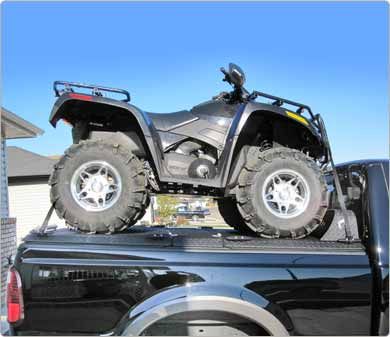 You want just enough gas for momentum and no more. Absolutely do not back off the throttle while driving up the ramps, as you might slip backwards.
You want just enough gas for momentum and no more. Absolutely do not back off the throttle while driving up the ramps, as you might slip backwards.
Step 8: Practice Slow Creep
Slowly creep the ATV until all four wheels are safely on the truck bed. Once here, gently apply gas until the front of the ATV nearly touches the front of the bed, with a few inches space between the ATV and the front of the bed/cab window. Then shut off the engine, and put in park or apply the parking brake. Do not leave the key in while transporting.
Step 9: Pack It Up
Remove the tie-down straps, remove the ramps and close the tailgate.
Step 10: Secure the ATV
Use strong ratchet straps to secure the ATV to the truck. It helps to have somebody sit on the front and back of the machine while you secure the straps.
Never attempt to load an ATV on a truck on your own. If anything goes wrong, you may need a second person to fix the problem or go for help.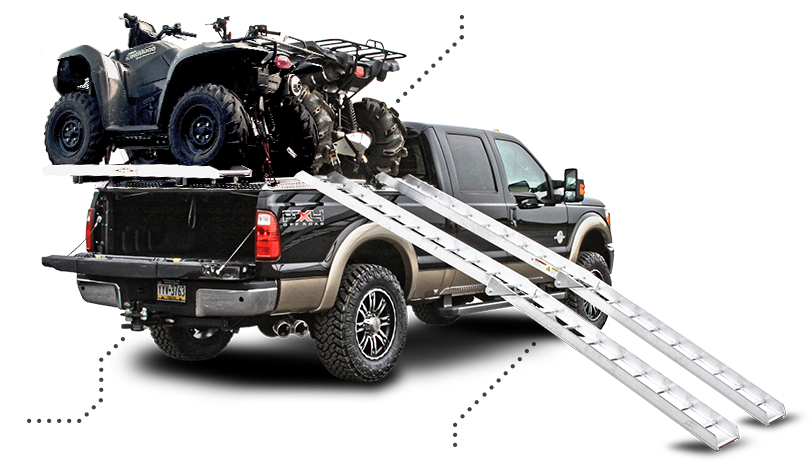 Following these simple steps will help to keep the loading process smooth and safe.
Following these simple steps will help to keep the loading process smooth and safe.
Written by Brent Huntley in ATVs
My wife would claim I am the most forgetful person there is, and this has included the unfortunate forgetting of ATV ramps. While it can be a bit panic-inducing to realize you have made it somewhere and don’t have ramps to unload and reload your ATV into your truck, it really isn’t a big deal in most situations. I had someone teach me an easy way to load an ATV and thought it was worth passing on, along with another easy way I have used when available that is easier than ramps.
How do you load an ATV without ramps? If you have an elevated surface you can just back the truck into it and drive the ATV in. If you do not have such a surface, you can pop up the front of the ATV and roll the front wheels onto the tailgate before lifting the back end.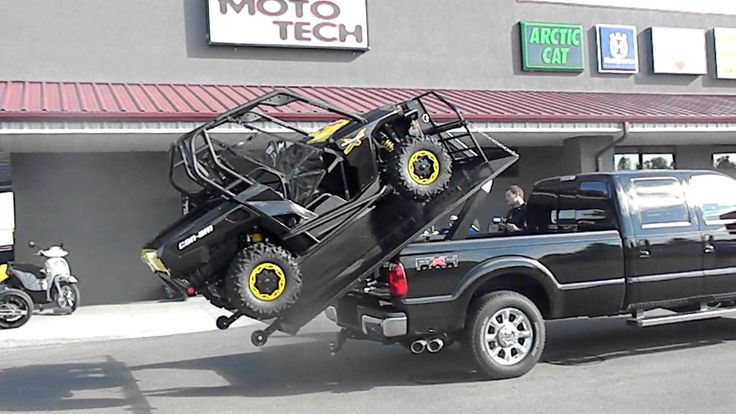
These methods sound pretty easy, and they are, but you are dealing with a heavy piece of equipment and there are some things that go wrong. We want to make sure you get your ATV to the trail for an awesome day of riding with no damage to your truck, your ATV or your body, so we detail out the processes step-by-step below. You may also want to check out our guide for nearly every truck bed to see how well your ATV will fit.
Lifting the ATV End by End
This method requires you to do a fair amount of heavy lifting. How heavy depends on the weight of your ATV. If you are getting up around 500cc or higher with a utility ATV like the Polaris Sportsman (pretty consistently the heaviest model in its cc class I could find). If you have a lighter sports model, even something like a 700cc Yamaha Raptor, and this should work great for you. Even a 300-400 pound quad may sound heavy, but it isn’t bad since you only lift one side at a time.
To lift your quad into a truck bed, just follow these detailed steps exactly to keep your ATV, truck and body safe.
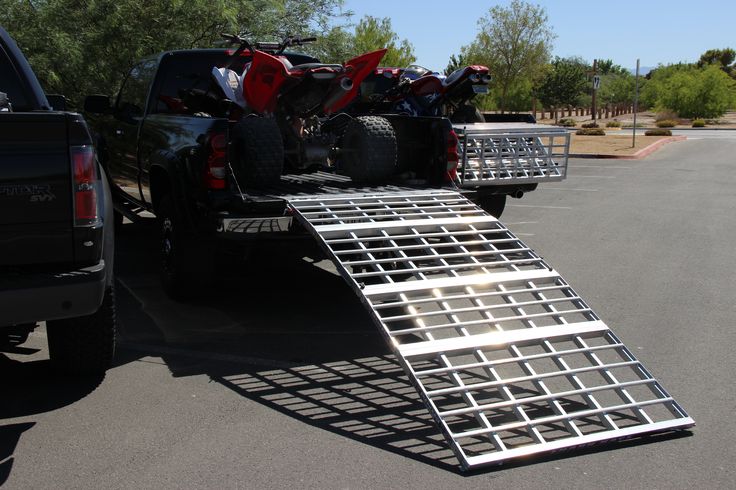
That may have seemed like a lot of steps, but it shouldn’t take you more than a few minutes to easily get your ATV in your truck bed, if it isn’t too heavy, without the use of any ramps.
This may not be an option for everyone, but it makes it really simple to load an ATV into a truck bed if you have some kind of elevated surface to back your truck into.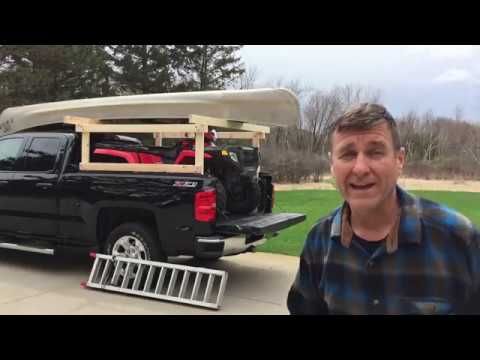 This could be a hill, a slanted driveway, a loading dock or many other things. My house as a kid had a nice irrigation ditch in the front that worked well as we could drive an ATV from the yard right into the bed of a truck that had been backed into the ditch. To use this method, just follow these easy steps.
This could be a hill, a slanted driveway, a loading dock or many other things. My house as a kid had a nice irrigation ditch in the front that worked well as we could drive an ATV from the yard right into the bed of a truck that had been backed into the ditch. To use this method, just follow these easy steps.
Something to keep in mind, if you have an elevated surface that doesn’t reach high enough for you to drive the ATV into the truck bed, is that you can use the method above to lift your ATV into the truck bed from an elevated position and it will make it a whole lot easier on your knees, arms and back.
How to Unload without RampsUnloading an ATV without a ramp is a little scary the first time you try it, but it is really easy and fast.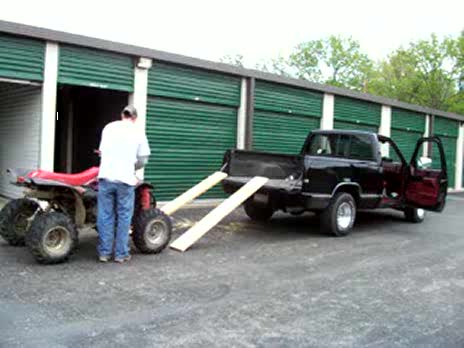 Once again, the lighter your ATV, the easier this is going to be. Just pull it from the back grab bar. Pull it straight back, holding up the back end until the front tires reach the end of the truck bed. Then give it a little jerk so the front end clears the tailgate. Prepare yourself for a little bounce backward when the tires hit the ground.
Once again, the lighter your ATV, the easier this is going to be. Just pull it from the back grab bar. Pull it straight back, holding up the back end until the front tires reach the end of the truck bed. Then give it a little jerk so the front end clears the tailgate. Prepare yourself for a little bounce backward when the tires hit the ground.
Yes, you still should have ramps and use them whenever possible. Ramps are going to be the safest and easiest way to load an unload an ATV, and should be useable in any conditions.
Picking the right ATV ramps is not an easy task as it is going to depend a bit on your personal preferences and your hauling vehicle. Some people swear by a single piece ramp (as opposed to two tracks). These tend to be a bit safer and easier to use and are great for beginners. I personally don’t love them because they tend to be a little steeper and bulkier. Here is an example of a great tri-fold single piece ramp as an example.
I personally prefer the ramps in our recommended gear because they are a bit cheaper, very sturdy and have arches so it easy to drive the ATV into the truck bed without accidently gassing it into the rear window of the truck.
Some considerations to keep in mind as you are buying and using ramps are below.
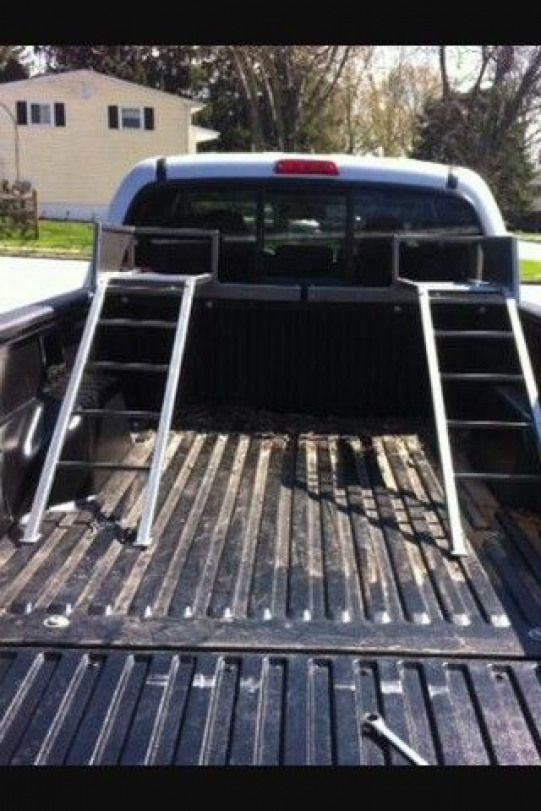
That’s it. There really isn’t much to loading an ATV, but it probably leads to nearly as many accidents as actually riding. Get some ramps and follow these tips, but don’t despair if you don’t have ramps. You can easily load the ATV even without ramps. Just make sure to do so safely.
How To Use An ATV Spreader
One of the greatest things about summer is yard work.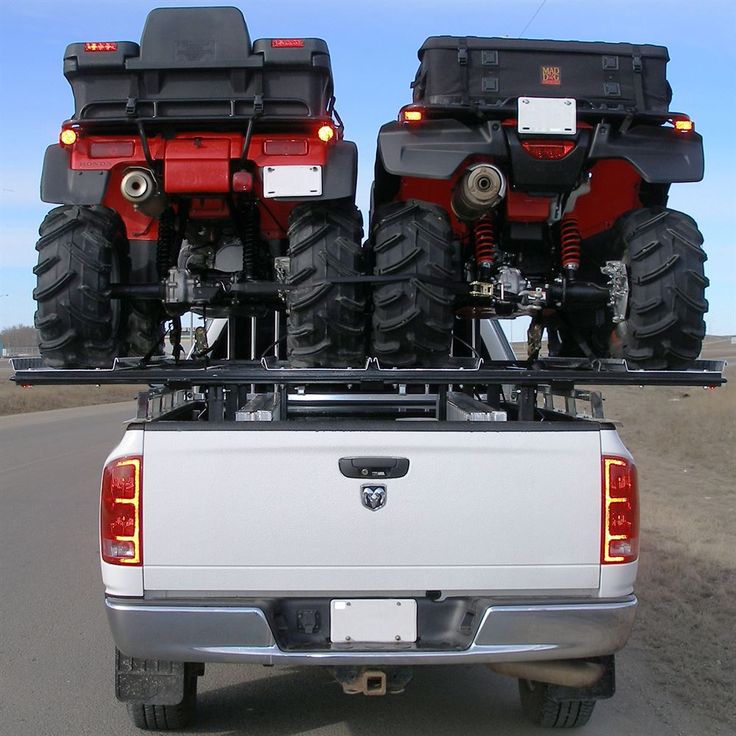 As the heat and humidity rise, so do the plants and flowers. The advent of technology has made seeding and fertilizing, a job that used to...
As the heat and humidity rise, so do the plants and flowers. The advent of technology has made seeding and fertilizing, a job that used to...
Continue Reading
link to When Should You Use High vs. Low Gear On Your ATV?When Should You Use High vs. Low Gear On Your ATV?
ATVs will provide any off-roader with a fun, thrilling experience. However, if you want to make the most of your ATVing trip without incident or frustration, it is important to know when and where to...
Continue Reading
The popularity of ATVs has grown exponentially over the past couple of decades. Athletes, hunters, huntsmen for professional purposes use such special equipment with pleasure. There are more than enough people who want to ride transport with increased cross-country ability for their own pleasure. Often there is a need to transport ATVs from one point to another, since they themselves are not designed for long journeys.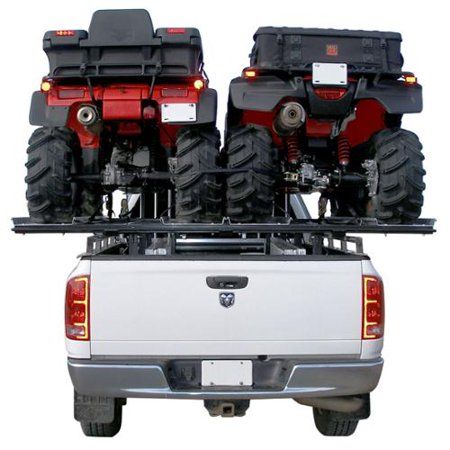 Let's see what nuances should be taken into account.
Let's see what nuances should be taken into account.
The main problem when driving such ATVs on public roads is a number of requirements. It is realistic to move on them, however, for this you need to have a whole package of documents:
The transportation of such a specific vehicle by a trailer is based on certain rules that must be strictly followed in order not to get fined by the traffic police. We will try to cite the most important and fundamental of them, especially since they are closely related to road safety issues.
So, the basic requirements for transportation:
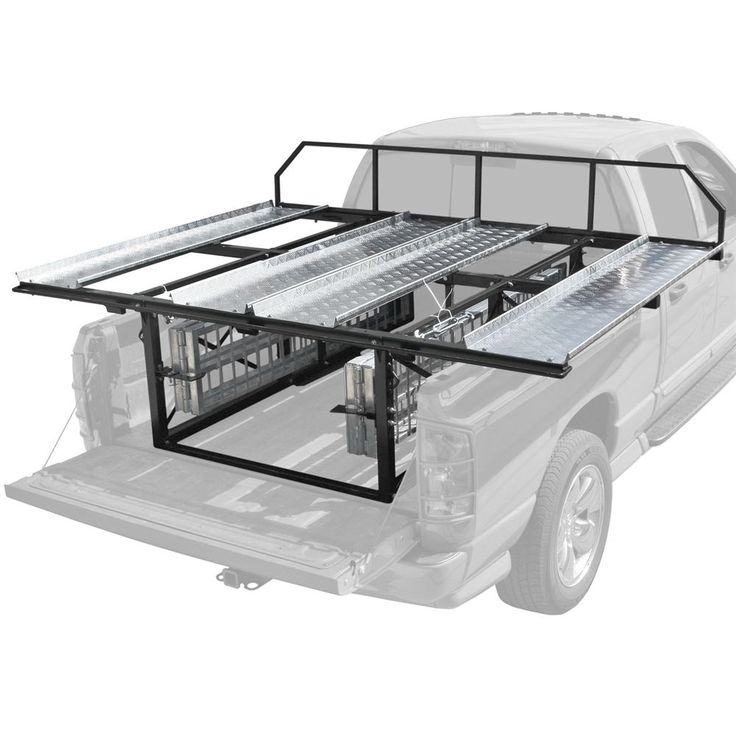 It can be park gear, neutral or another option.
It can be park gear, neutral or another option.
A trailer is perhaps the most popular scenario for transporting an ATV from one location to another. It is not even necessary to buy it, but you can simply rent it and install it on any passenger car with a tow bar. A modern platform trailer is ideal for such cases. It is necessary to ensure that the special equipment is correctly fixed on it.
It is not even necessary to buy it, but you can simply rent it and install it on any passenger car with a tow bar. A modern platform trailer is ideal for such cases. It is necessary to ensure that the special equipment is correctly fixed on it.
It is also recommended to pay attention to the auxiliary equipment of the trailer:
It is very important to properly secure the ATV to the trailer or platform.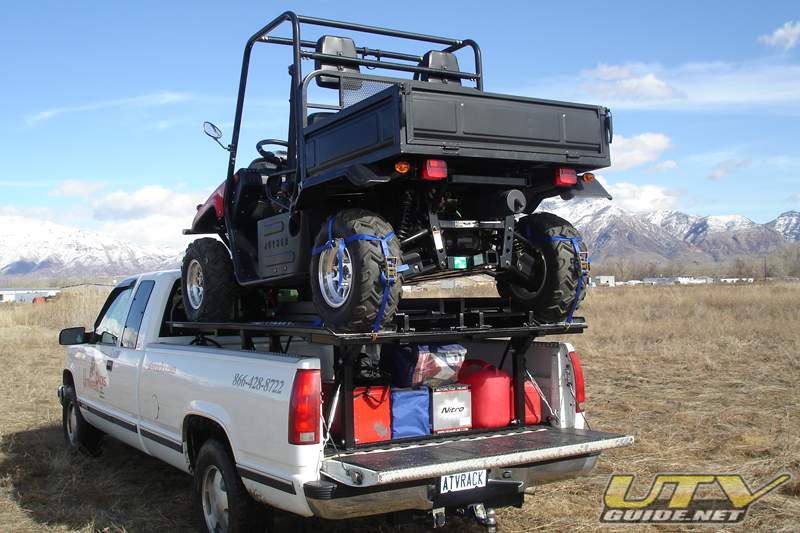 This will depend on the safety along the way. One fixation for the seats or wheels will not be enough. A pair of tie-down straps will help make everything convenient and reliable. Further, the sequence of actions will be as follows:
This will depend on the safety along the way. One fixation for the seats or wheels will not be enough. A pair of tie-down straps will help make everything convenient and reliable. Further, the sequence of actions will be as follows:
Transporting an ATV with the help of professional companies is not always profitable. In many cases, it is even faster, and you can personally control the integrity and safety of the cargo all the way. However, you will also have to be solely responsible for compliance with the rules of transportation.
When referring to transportation in the back of another vehicle, it is understood that it is a truck, pickup or large van.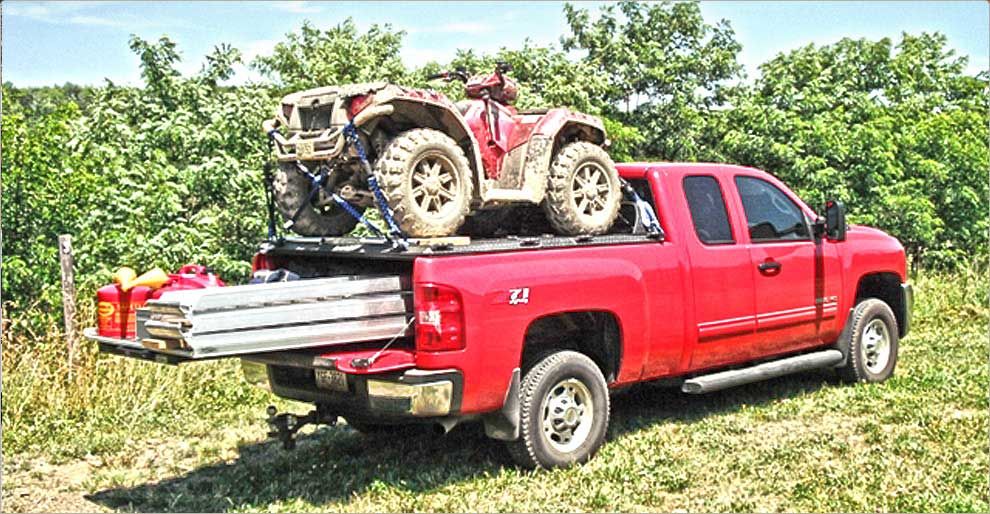 The transportation of ATVs by such units of transport is not prohibited, since it does not differ in any way from other oversized cargo. There are no restrictions, because the main thing is to securely fix the ATV so that it does not move while driving and passes through the load capacity.
The transportation of ATVs by such units of transport is not prohibited, since it does not differ in any way from other oversized cargo. There are no restrictions, because the main thing is to securely fix the ATV so that it does not move while driving and passes through the load capacity.
If the all-terrain vehicle is not transported by itself, but in the back of a truck, then this saves the owner from a lot of trouble by analogy, just like in a pickup truck. It is not required to draw up an OSAGO insurance contract, you do not need to obtain license plates or have a special category in your driver's license.
In this case, the ATV will not be an independent vehicle, and therefore the driver only needs to be ready to confirm his ownership. For this, a sales contract and, if necessary, a power of attorney are suitable if the owner is not in the truck. Approximately according to the same algorithm, papers are drawn up if a truck is hired from a third-party organization (carrier).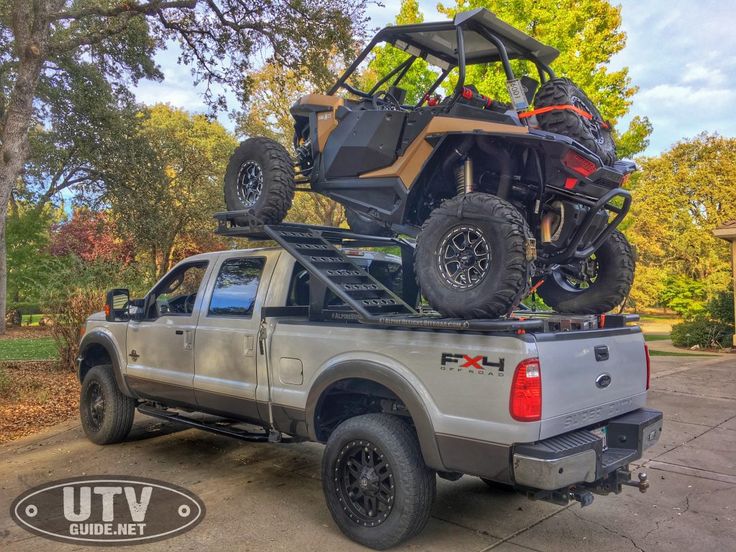
This method is often used if it is necessary to take the ATV to another city. In terms of meaning, this resembles an appeal to a transport company-carrier, although it differs somewhat in nuances. Over long distances it will be expensive, but if the settlements are relatively close, then it has the right to life.
It is necessary to independently check the reliability of mounting the ATV on the tow truck. Such companies often do not conclude contracts with the client, and therefore one cannot count on the fact that they bear full responsibility for the safety of the cargo in transit. Therefore, it is best, at a minimum, to accompany your cargo along with the tow truck driver and see for yourself how carefully it was fixed on the lift.
Cooperation with a transport company will make it possible to shift all the organizational and related issues related to the delivery of an ATV onto the shoulders of professionals.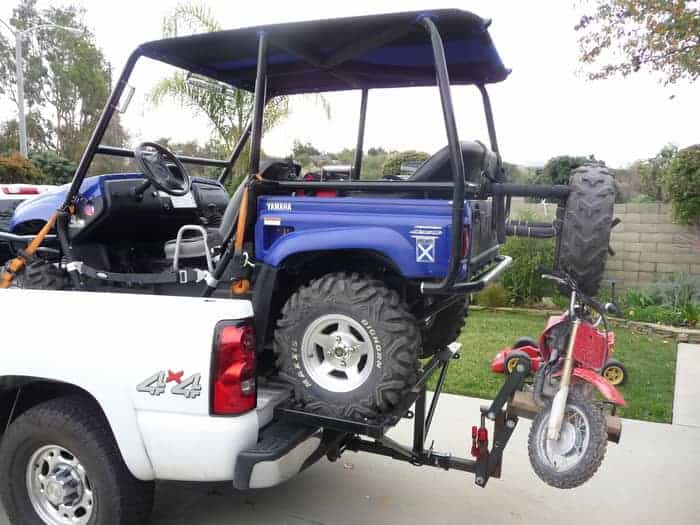 However, the carrier company will charge a fee for its services. It is very convenient that they have their own fleet, insured and undergoing maintenance. If material damage is caused to the transported equipment, the customer will receive compensation.
However, the carrier company will charge a fee for its services. It is very convenient that they have their own fleet, insured and undergoing maintenance. If material damage is caused to the transported equipment, the customer will receive compensation.
This option is useful when you need to transport the ATV for a long distance. There is no need to study the technical requirements and think about how to securely fasten it to the trailer. All these difficulties will be taken over by the specialists of the carrier company. They will not only fix the ATV in the body, but also estimate the best route. In such companies, they know for sure what requirements must be met with such orders. You can find a professional and reliable third-party carrier in any major city.
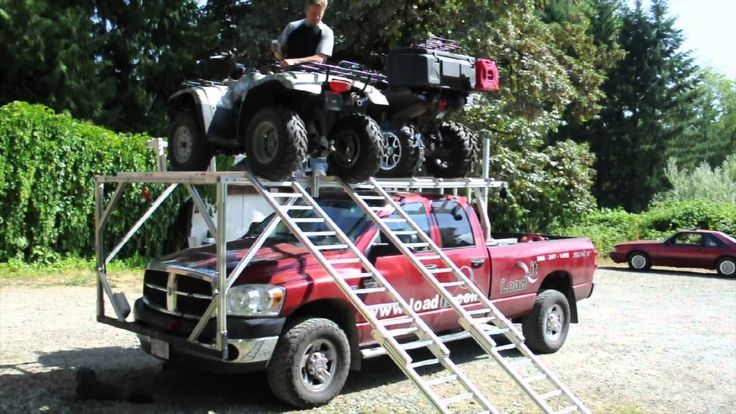 If transportation is carried out by third parties, then they will have to issue a power of attorney.
If transportation is carried out by third parties, then they will have to issue a power of attorney. So, the process of trucking a four-wheeled all-terrain vehicle must be approached very carefully and responsibly, given the cost of an ATV. If you plan to hire a third-party organization, then it would be useful to read reviews about its activities. Next, you need to carefully read the contract, which specifies the area of responsibility of the carrier for the safety of the transported assets. If you intend to transport on your own, then you should prepare a package of documents and stock up on technical equipment in case of unforeseen situations on the road.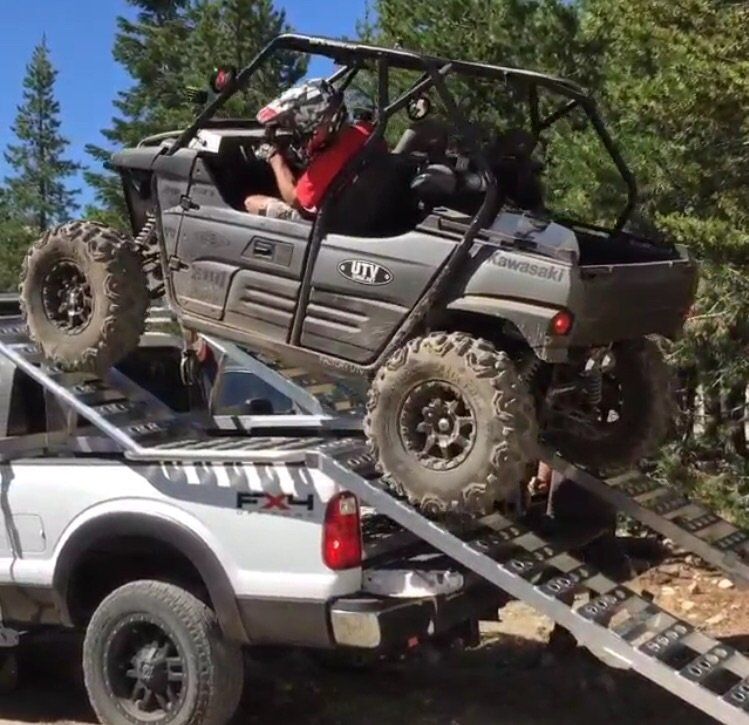 Perhaps readers will want to share their personal experience of transporting an ATV: how is it cheaper to do it, more economical, safer? Write in the comments!
Perhaps readers will want to share their personal experience of transporting an ATV: how is it cheaper to do it, more economical, safer? Write in the comments!
One of the secrets of GlobalTransSystem's success is its vast experience in delivering various cargoes. Over the years of work, our logisticians and drivers have completed thousands of projects of varying complexity:
And this is not a complete list of transport tasks we have solved!
As for our full-time drivers, operators and logistics specialists, each employee of our company has the necessary skills, experience and personal qualities that allow us to correctly solve the problem of cargo transportation set by the client.
Rented cars and faulty equipment - this is unacceptable with us! We have our own fleet of trucks, thanks to which we can ensure the reliability of work and avoid equipment breakdowns on the way. In addition, our own fleet of vehicles allows us to offer favorable rates for the delivery of ATVs and other cargo.
At the moment our fleet includes the following types of trucks:
The balanced composition of the fleet, combined with the high reliability of our equipment, is a guarantee of solving even the most difficult task of transporting goods!
High safety of transportation is determined, first of all, by the reliability of fastening in the car body. Unqualified carriers in most cases are negligent about this issue. “It won't go anywhere” - this simple phrase replaces the work of fixing and protecting the ATV from damage.
“It won't go anywhere” - this simple phrase replaces the work of fixing and protecting the ATV from damage.
Our employees act differently. Before transporting the ATV, the specialists of the GlobalTransSystem company securely fix the equipment with the help of soft durable belts and other special devices. In addition, motor vehicles are placed “on the handbrake”, which additionally protects your ATV from moving inside the truck body during transportation.
The same approach is used when loading the ATV into the back of a car. In this case, its lifting or lowering is performed by an experienced operator, using special belts. Thanks to this approach, it is possible to avoid scratches, breaks and other damage to the ATV structure.
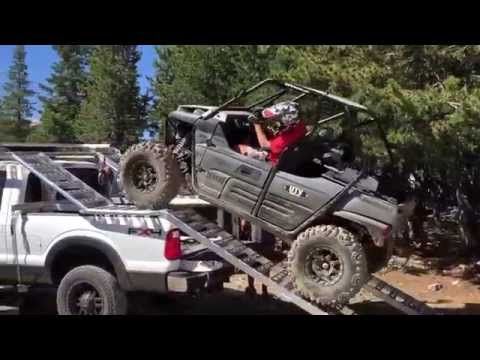 All necessary permits have been issued.
All necessary permits have been issued. Depending on the specific tasks and needs of our customers, ATV transportation can be carried out by vehicles of various types and carrying capacities.
Below is a brief description of the transportation options offered by GlobalTransSystem.
The compact Crane Truck is the most suitable transport for moving motorcycles of any kind and size. The presence of a crane-manipulator installation allows you to quickly load an ATV into the body without resorting to the help of a client. Also, when ordering a manipulator, it becomes possible to transport any motorized transport with damage that does not allow it to be loaded “on its own”. Manipulator services are usually ordered by individuals or companies who want to transport ATVs for repair or for winter storage.
Transportation of ATVs in Moscow often scares away customers with its price.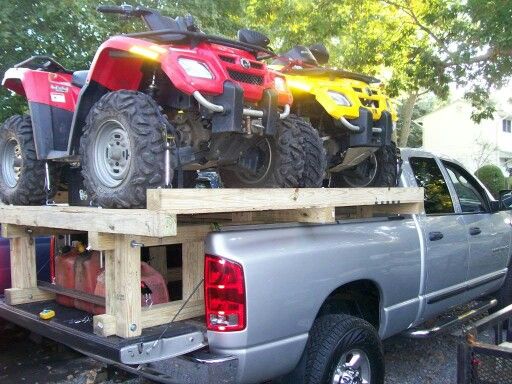 Indeed, the cost of services of some companies can hardly be called democratic. For clients on a tighter budget who want to deliver one or more ATVs, we offer a special transportation option that uses flatbed trucks. The use of such machines is much cheaper than the services of a motor tow truck or a manipulator. The only “minus” of such an offer is that the client independently loads the equipment into the body, and also organizes unloading work at the final delivery point.
Indeed, the cost of services of some companies can hardly be called democratic. For clients on a tighter budget who want to deliver one or more ATVs, we offer a special transportation option that uses flatbed trucks. The use of such machines is much cheaper than the services of a motor tow truck or a manipulator. The only “minus” of such an offer is that the client independently loads the equipment into the body, and also organizes unloading work at the final delivery point.
A capacious long-length semi-trailer can easily accommodate 10-12 units of this equipment. Thus, a long vehicle is the best option for moving a large number of ATVs at the same time. Ideal for corporate clients and motorcycle dealerships.
We need the following data to select the best transport and service:
